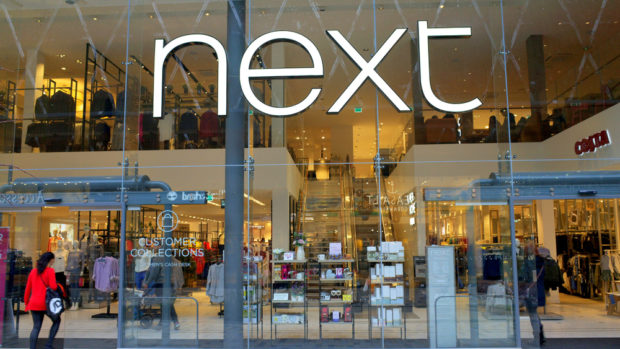Research released today suggests
that despite a high proportion of UK businesses having a good awareness of
overseas payment culture, they are not necessarily offering the options on
their websites, causing many to miss out on a large slice of online overseas
traffic. According to the research comissioned by electronic payment
specialists, The PPRO Group, three quarters of businesses cited in-country
regulations (73 per cent) and high charges (77 per cent) as the main barriers
to offering additional payment options to international shoppers.
This is made all the more
surprising when coupled with the fact that nearly one in ten (8 per cent)
retailers admit that between 31 and 51 per cent of all transactions come from
international customers. With familiar overseas payment options including
iDEAL, SEPA Direct Debit and SOFORTbanking starting to find a home on UK-based
sites, adoption levels are still relatively low with 23 per cent, 42 per cent
and 46 per cent adoption rates, respectively.
Tobias Schreyer, co-founder of The
PPRO Group commented: “Despite international payment options beginning to
resonate with UK retailers, red tape and additional charges are putting pay to
many retailers offering the payment preferences of international customers, as
well as UK-specific payment preferences like credit and debit card. The
research also revealed that over one third of respondents (38 per cent) simply
don’t see the need to offer additional options, meaning they could be missing
out on a vital revenue stream.”
Up to ten per cent of
international customers abandon their basket at the point of payment, according
to almost half of those surveyed (43 per cent), with the payment page cited as
the reason in 42 per cent of the cases. However, when it comes to online shopping
priorities, retailers put more emphasis on security than the loss of revenue
caused by shopping cart abandonment with 85 per cent considering customer
security to be a high priority, compared to abandonment of shopping carts which
tops the list for just over half (54 per cent) of the respondents.
“It is clear from our research
that the understanding of payment cultures among overseas shoppers is growing,
but barriers still exist to convert these potentially lucrative browsers into
buyers. By addressing these issues, future revenues can be enhanced as well as
retailers reach and brand awareness across the globe,” adds Tobias.








Share